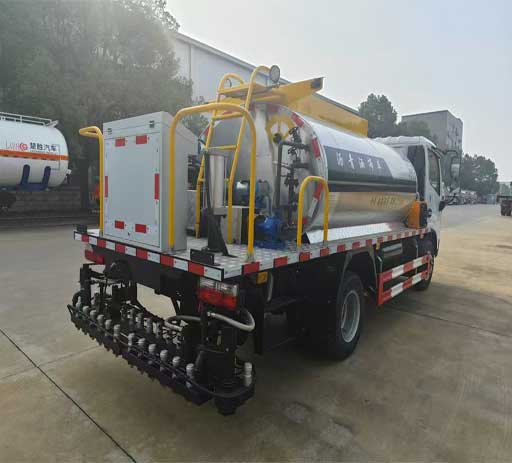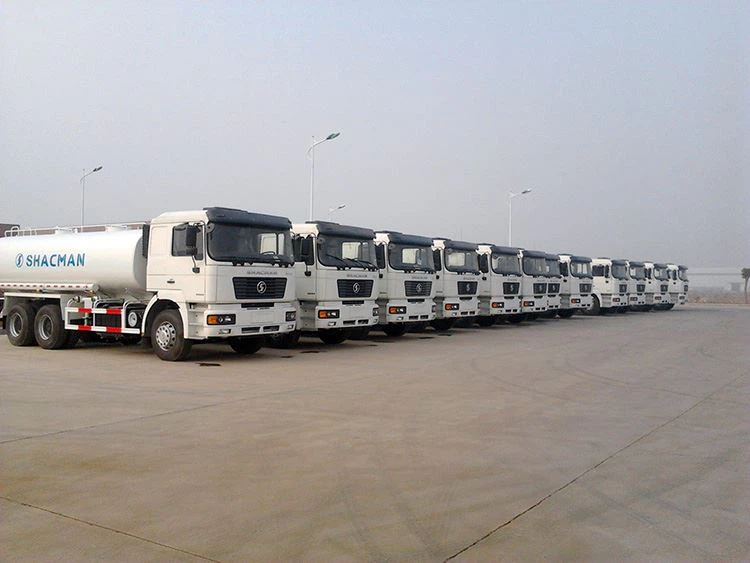How Much Does a Side Loader Garbage Truck Cost? A Comprehensive Guide

Introduction
When it comes to waste management, efficiency and reliability are key. Side loader garbage trucks are essential vehicles for municipalities and waste management companies, allowing for effective collection of refuse with minimal labor and time. However, understanding the costs associated with these specialized vehicles is crucial for organizations planning their budgets. This article will delve deep into the pricing factors, maintenance costs, and considerations for purchasing a side loader garbage truck, providing you with a complete guide to making an informed decision.
Understanding Side Loader Garbage Trucks
What is a Side Loader Garbage Truck?
A side loader garbage truck is designed with a specially positioned arm that reaches out to the side of the vehicle to collect trash bins. This allows for faster collection and reduces the need for drivers to exit the truck, increasing efficiency and safety.
Types of Side Loader Garbage Trucks
- Automated Side Loaders: These models use advanced technology to automatically lift and tip bins into the truck.
- Manual Side Loaders: These require labor-intensive work, where a person operates the mechanism to load waste.
- Rear Loader vs. Side Loader: Understand the differences to choose the one that fits your operational needs better.
Factors Affecting the Cost of Side Loader Garbage Trucks
1. New vs. Used

One of the primary factors influencing cost is whether you buy a new or used truck. A new side loader garbage truck can cost between $250,000 to $400,000, while used trucks might range from $50,000 to $150,000 based on age and condition.
2. Specifications and Features
The cost also varies based on the specifications of the truck, including:
- Engine type and power
- Body material (steel vs. aluminum)
- Type of compaction system
3. Brand and Model
Different manufacturers have their pricing models. Popular brands such as Freightliner, Peterbilt, and Kenworth can have higher price tags due to their reputation for quality and durability.
4. Age and Mileage
A truck’s age is a significant determinant of its resale value. Generally, the older the truck, the lower the cost. A well-maintained used model with lower mileage may still command a high price.
5. Warranty and Support
A short-term warranty may lower the cost, whereas extended warranties and superior support services typically increase the price. Consider what level of after-sales support you will require.
Cost Breakdown of a Side Loader Garbage Truck
New Side Loader Garbage Truck Costs
| Model | Base Price | Engine Type | Compaction Ratio |
|---|---|---|---|
| Freightliner M2 | $290,000 | Diesel | 4:1 |
| Peterbilt 579 | $350,000 | Diesel | 5:1 |
| Kenworth T370 | $310,000 | Diesel | 4.5:1 |
Used Side Loader Garbage Truck Costs
| Model | Year | Mileage | Price |
|---|---|---|---|
| Freightliner M2 | 2017 | 80,000 miles | $120,000 |
| Peterbilt 320 | 2015 | 100,000 miles | $85,000 |
| Kenworth T370 | 2016 | 60,000 miles | $95,000 |
Financing Options for Side Loader Garbage Trucks
1. Loans
Financing through banks or credit unions is common. Expect interest rates to vary depending on credit scores and loan terms.
2. Leasing
Leasing might be a suitable option if your organization prefers to avoid large upfront costs. Monthly payments may vary depending on the leasing company and terms.
3. Grants and Funding
Certain municipalities may offer grants or funding to assist with acquiring environmentally-friendly waste management vehicles.
Insurance and Maintenance Costs
Insurance Costs
Insurance for a side loader garbage truck can range from $2,000 to $10,000 annually, depending on coverage types and company policies.
Maintenance Costs
Regular maintenance can cost approximately $1,500 to $5,000 annually, depending on the frequency of servicing and the truck’s mileage.
Practical Maintenance Tips
- Establish a regular maintenance schedule to prevent costly repairs.
- Keep records of all services performed to ensure warranty compliance.
- Train operators to perform basic inspections before use.
Tips for Buying a Side Loader Garbage Truck
1. Do Your Research
Understand the different types of side loaders available and their functionalities based on your operational needs.
2. Set a Budget
Prepare a realistic budget that accounts for the purchase price, insurance, maintenance, and possible financing costs.
3. Get Multiple Quotes
Always solicit quotes from different dealers and sellers to ensure you are getting the best price available.
4. Inspect Used Vehicles Thoroughly
If considering a used truck, ensure it undergoes a detailed inspection. Look for signs of wear, rust, or mechanical issues.
Frequently Asked Questions (FAQs)
1. How long does a side loader garbage truck last?
With proper maintenance, side loader garbage trucks can last between 10 to 15 years.

2. Are side loader garbage trucks environmentally friendly?
Many newer models are built to meet stringent emission standards, thus contributing to reduced environmental impact.
3. Can side loader garbage trucks be customized?
Yes, side loader garbage trucks can be customized with specific features suited to your collection needs, such as additional storage or specialized lifting mechanisms.
4. What is the average fuel consumption of a side loader garbage truck?
Typically, these trucks consume about 5 to 8 miles per gallon, but fuel efficiency can vary based on operational conditions.

5. What factors lead to higher maintenance costs?
Age of the truck, frequency of use, and lack of proper maintenance can all contribute to rising maintenance costs over time.
6. Is it better to buy or lease a side loader garbage truck?
This depends on your organization’s financial situation and operational needs. Leasing can reduce upfront costs, whereas buying might offer better long-term value.
